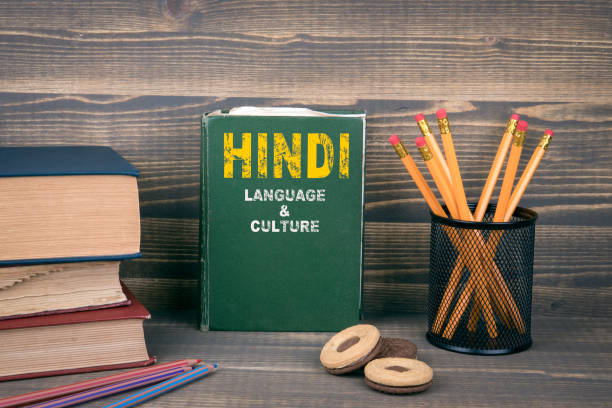Hindi literature holds a special place in the vast tapestry of Indian literature. With its rich heritage, cultural diversity, and linguistic beauty, Hindi books have enthralled readers for centuries. From the timeless works of Premchand and Harivansh Rai Bachchan to the contemporary narratives of Amish Tripathi and Jhumpa Lahiri, Hindi literature offers a remarkable collection of stories, poems, and essays that reflect the depth and diversity of Indian culture. In this blog, we will embark on a journey to explore the treasures of Hindi books and their significant contributions to the world of literature.
- Hindi Literature: A Tapestry of Traditions: Hindi literature has evolved over the centuries, blending various literary traditions and cultural influences. The rich heritage of Hindi literature can be traced back to the medieval period with the works of poets like Kabir and Tulsidas. These luminaries explored spiritual themes, celebrated the beauty of love, and showcased the vibrancy of the Hindi language.
- Munshi Premchand: The Master Storyteller: No discussion about Hindi literature is complete without the mention of Munshi Premchand. Widely regarded as one of the greatest writers in Hindi, Premchand’s stories like “Godan” (The Gift of a Cow) and “Nirmala” (The Second Wife) highlighted social issues, class struggles, and the complexities of human relationships. His realistic portrayal of rural life and poignant storytelling have made him an icon in Hindi literature.
- Harivansh Rai Bachchan: The Bard of Hindi Poetry: Harivansh Rai Bachchan’s poetry resonates deeply with Hindi readers. His collections, such as “Madhushala” (The House of Wine) and “Agneepath” (Path of Fire), are considered literary gems. Bachchan’s evocative verses, exploring themes of love, life, and spirituality, have become an integral part of Hindi literary canon and continue to inspire generations.
- Classic Hindi Novels: Hindi literature boasts a rich collection of classic novels that depict various facets of Indian society. Bhisham Sahni’s “Tamas” chronicles the partition of India with powerful storytelling, while Jainendra Kumar’s “Tyagpatra” (The Resignation) delves into the complexities of human emotions. These novels offer a profound exploration of social, cultural, and political issues, providing readers with deep insights into the Indian experience.
- Regional Literature: Hindi literature encompasses a vast range of regional works that reflect the linguistic and cultural diversity of India. Authors like Mahadevi Verma, Krishna Sobti, and Rahi Masoom Raza have contributed significantly to regional Hindi literature. Their works explore themes of gender, identity, and social change, capturing the essence of different regions and communities within India.
- Contemporary Hindi Literature: Hindi literature continues to evolve with contemporary authors breaking new ground and exploring modern themes. Amish Tripathi’s “Shiva Trilogy” presents a unique blend of mythology and fantasy, while Jhumpa Lahiri’s “Interpreter of Maladies” offers poignant stories of the Indian diaspora. These works showcase the dynamism and relevance of Hindi literature in today’s globalized world.
Conclusion: Hindi books have an enduring charm that captivates readers with their diversity, emotional depth, and cultural richness. From the masterful storytelling of Munshi Premchand to the poetic brilliance of Harivansh Rai Bachchan, Hindi literature offers a treasure trove of narratives, poems, and essays that reflect the essence of Indian life and thought. Exploring the world of Hindi books is an enriching journey that allows us to appreciate the power of language, the beauty of storytelling, and the deep-rooted cultural heritage of India.
![]()
![]()

